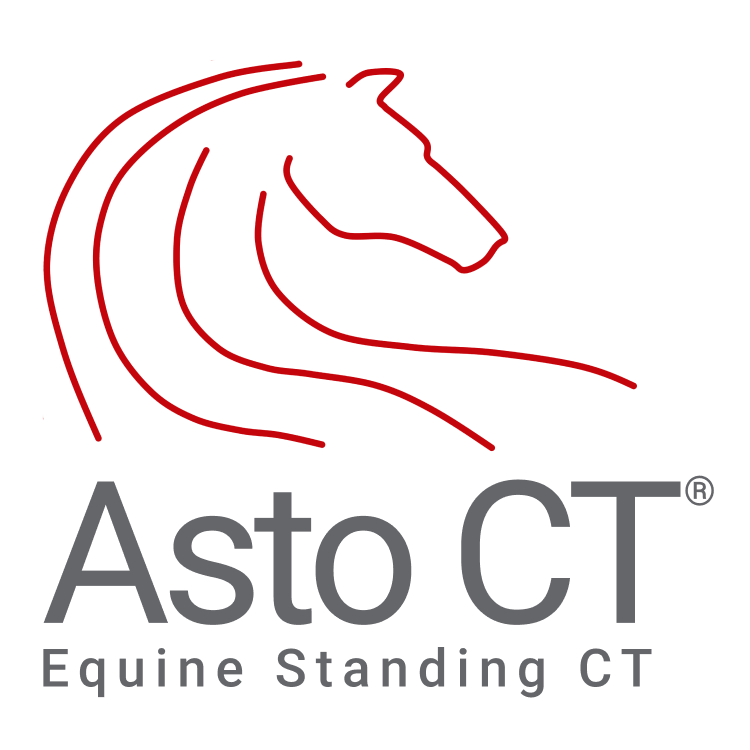Acute Neurologic Episode
Case Study: Thoroughbred Gelding with Acute Neurologic Episode
Signalment:
5-year-old bay Thoroughbred gelding
Clinical History:
The patient presented following an acute episode of severe pain, during which he went down and thrashed. Prior to this incident, he had been working normally without any signs of discomfort. On examination, he exhibited grade 3-4 out of 4 ataxia in the hind end, nearly falling multiple times while turning and walking. Initial radiographs and ultrasound of the neck and back did not reveal any spinal trauma or pathology, leading to further evaluation with a standing CT scan.
CT Imaging & Findings:
Despite the challenges posed by the horse’s degree of ataxia, the CT scan successfully captured images extending to the beginning of C5-C6. The key findings included:
Vertebral Canal Abnormalities:
Mild funnel-shaped narrowing of the vertebral canal at C4 and C5
Lateromedial elongation and dorsoventral shortening of the cranial halves of C4 and C5
Flattened appearance of the spinal cord at this level with poorly defined delineation and absence of circumferential epidural fat
Bony Changes:
Moderate caudal extension of the dorsal lamina of C3-C5
Mild flaring of the caudal endplates of C3-C4
Mild periarticular spur formation on the articular processes of C2-C6 (bilateral)
Mild buttress formation of the right cranial articular process of C6, though no radiographic evidence of intervertebral canal narrowing
Intervertebral Disc & Sagittal Ratio Findings:
Subjectively narrow intervertebral disc spaces from C2 to C5
Normal inter- and intra-vertebral sagittal ratios, except for C4 and C5, where intra-vertebral sagittal ratios were below 0.50
Intervertebral Sagittal Ratios: C2-C3 (0.87), C3-C4 (0.61), C4-C5 (0.64)
Intra-vertebral Sagittal Ratios: C3 (0.52), C4 (0.47), C5 (0.48)
Significance of This Case:
This case highlights the diagnostic value of standing CT in evaluating complex neurologic presentations, particularly when conventional radiographs and ultrasound fail to identify abnormalities. The findings suggest structural changes in the cervical vertebrae that could contribute to spinal cord compression and neurologic dysfunction. By pinpointing subtle vertebral and spinal cord abnormalities, CT imaging provided crucial insight into the underlying cause of the horse’s acute ataxia, aiding in treatment planning and prognosis assessment.
This case earned 5th place in Asto CT's Best Scans of the Year contest (Head/Neck Category), recognizing the expertise of Dr. James Whitmore and his outstanding team at Cotts Equine Hospital.


